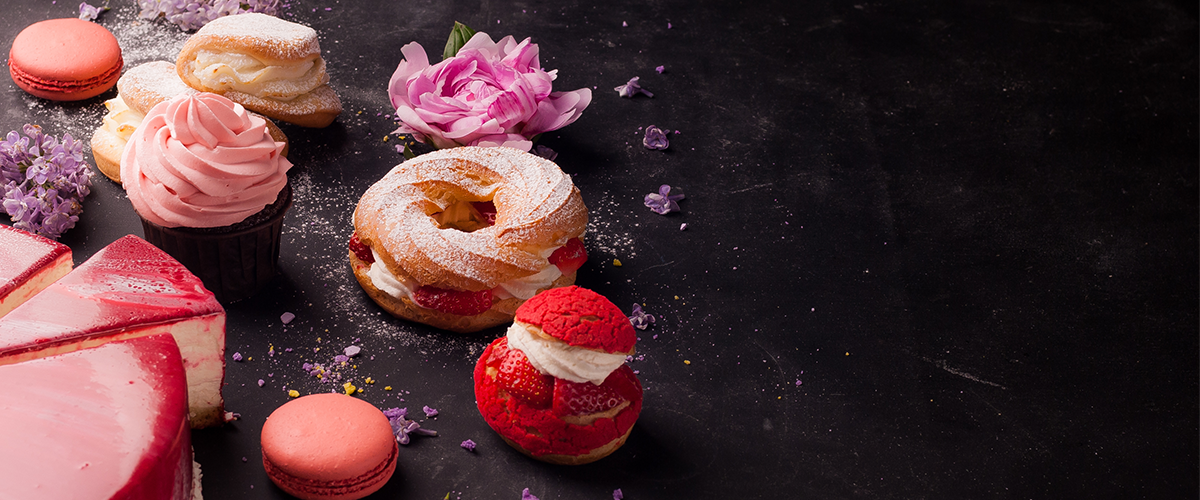Have you ever opened a box of colourful macarons or fluffy, sweet cupcakes and wondered…where are they from? Well, you could look at the shipping label…oh, you mean their historical origin? Sorry just let me reset and start again.
Dessert history is fascinating. For example, did you know that cheesecake dates back to Ancient Greece and that dates were one of the first recorded desserts (see what I did there?). Well, let’s dive into the sweet pool of dessert history, find out where macarons and cupcakes are from…and how to package them.
Macarons Aren’t French?!
According to most records, macarons seem to be Italian and date back to the 8th Century. Legends say that, back before commoners had access to sugar, this perfect confection was introduced to the French when their new Queen Catherine de’ Medici of Italy, married the French King and less infamous of King Henries - King Henry II.
Although today they are called the elegant macarón, back in Caty Medici’s day, they were known as ‘priests' bellybuttons’. Want another fun bit of French pastry-name trivia? The French have a pastry named pet de nonnes that are delicious, fluffy, fried dough puffs. These little puffs’ name literally translates to “nuns’ farts”. We try to shoehorn that fact in anywhere I can.
Back in the 16th century when Catherine and Henry were married, it would’ve been quite the to-do to get macarons from Italy to France, but lucky for you, in the 21st century, we have access to a huge choice of macaron boxes, specifically designed to ensure these delicate confections get to their destination as beautifully as when they were made.
A Cake Made In A Cup. A Cupcake.
Some call it a cupcake, others a fairy cake, others yet a frou-frou muffin (and they’re completely wrong). Although cake has been around since the time people preferred togas to pants, the cupcake as we know it today is quintessentially American. Interestingly the origin of the name is contested; the most obvious origin for its nomenclature is that it's a cake baked in a cup. Another theory, though, postulates that it actually hints at its measurement to help bakers remember recipes like the wholly American Pound Cake. Nonetheless, the first instance of the recipe can be traced back to the late 18th century in the American Cookery cookbook by Amelia Simmons. But the first explicit reference to the name cupcake came decades later in Receipts by Eliza Leslie in the 19th century.
Unlike the royal origin of the macaron, the cupcake's origin is surprising pluralistic since there isn’t one inventor or introducer. These cute little cakes were a product of home cooks, and the recipe being shared and handed down by families. So not only is it American, but it’s also maybe…slightly…democratic (cue bald eagle screech). Since then, though, cupcakes have gone global! Bakeries around the world produce hundreds of these sweet treats for birthdays, holidays, and celebrations and are adored by both children and adults.
There is a bit of a structural issue with cupcakes, though. Their fluffy, light bottom, wrapped in a colourful paper cup, makes for a surprisingly great handle but a wobbly base to stand on. And their delicious creamy frosted top makes that instability worse…I am sure more than a few of us dropped their cupcake only for it to land on the ground, frosting first with a disheartening thud. So how do you ship these maddeningly unstable little cakes?
Luckily there are purpose built cupcake boxes for these gravity-challenged sweets. The trick is the cutouts the cupcakes sit in, with enough space between them and the top of the package to keep the beautifully piped frosting pristine when they arrive at their destination.

